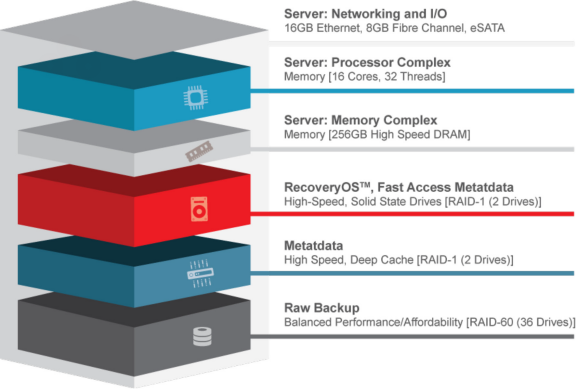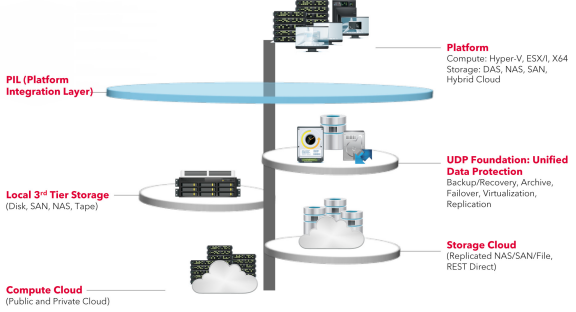Unitrends Recovery-943: The Soul of a New Backup Appliance (Part 5)

Unitrends recently introduced the Unitrends Recovery-943. This appliance is the next generation flagship of the Unitrends Recovery-series of backup appliances. We began this series of blog posts by discussing why backup appliances are experiencing such rapid demand and adoption, and have continued the discussion over the past few posts by addressing the challenges facing enterprise-class data protection backup appliance vendors. We are continuing the discussion by exploring the Recovery-943 architecture and the specific responses that the designers of the Recovery-943 had to each of the challenges discussed in this post.
ARCHITECTURAL OVERVIEW
Car aficionados know that the key to a well-designed top-flight automobile isn’t just power but balance. Without the proper transmission, suspension, steering, brakes, and other components the biggest engine in the world won’t matter.
Likewise, the key to a world-class backup appliance is the balance of its processor, memory, I/O, networking, and storage capabilities with enterprise-class data protection software. From 32 processor threads to 256GB of RAM to 40 drives in a highly-optimized 4U chassis coupled with the Unitrends data protection software, the Recovery-943 has been designed from the ground-up to offer this balance. An overview of the hardware platform architecture of the Recovery-943 is shown in the figure below.

This state-of-the-art hardware platform is embedded within the overall Unitrends data protection architecture, which is depicted in the figure which follows.

In our next blog post, the implementation of this architecture will be discussed in detail.
In the meantime, feel free to leave a comment or two about the architecture. I’d love to know what you think.

